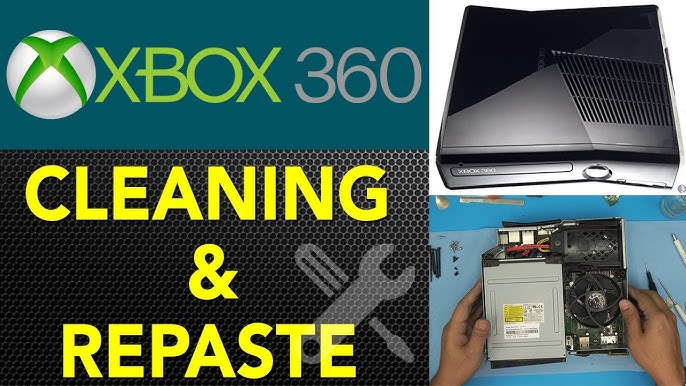Once you have decided what kind of products you are going to sell, you next need to determine how big the market is for those products. There are a number of mistakes that some new entrepreneurs make when setting up their store for the first time.
We’ll go over a few of those in a moment. If you can avoid the mistakes, then you have a much better chance of being successful. Determining market size definitely is one of the most important things that you can do before setting up your store, but do keep mind that even if you determine that the market is too small for the product that you have chosen, you might still be able to sell it.
That’s one of the first mistakes that people make when they are determining their market size. They stubbornly stick to one product because it is their passion and that’s why they got into the business in the first place.
There’s nothing wrong with that, except that if you want to be successful, you are going to have to do more than sell a product that almost no one wants. So, how do you do you appeal to a wider customer base while still selling something that you are familiar with or knowledgeable about. There are actually two ways that this can be accomplished.
Method One: Expand Your Product Line
So, you want to sell bandanas or ‘do rags that feature horses. This is a great product – for someone who wants to wear a bandana that features horses. But there aren’t many people looking for that particular product. In fact, you might be hard-pressed to sell a single bandanna. But there is definitely a market for ‘do rags and bandannas.
The problem is, there is too much competition in this wider market, which is why you went with the niche – that and your unparalleled expertise on horse prints and patterns of course. But what if you decided to sell bandannas that featured all kinds of animal, pop culture and photo print designs. You suddenly have opened yourself up to a huge market of bandanna and ‘do rag wearing customers.
Method Two: Learn Something New
Okay, so maybe your niche product only appeals to a very specific niche and there isn’t anything you can do to expand it. You don’t want to stick with that niche on a potentially huge ecommerce site like your Shopify site. Instead, you want to learn something new.
Simply move on to a new niche and if you don’t know anything about it, then you can learn before you open your store. Of course, you can always find something that is related to your original niche idea so that you can at least incorporate the products that you had in mind at some later date when you have already established a name for yourself with the new niche.
Don’t be Afraid to Choose a Large Market
Another mistake that budding entrepreneurs make when they are first setting up their store is to balk at competing in a large market. If you are looking at your market and feeling fearful that you will get lost in the shuffle, take heart. There are actually several things that you can do to distinguish yourself in a large market to make sure that you can compete with the big guys. We’ll go over those strategies in a later chapter.
How to Determine the Size of a Market
So, how do you determine the size of a market for a product that you are considering selling? The first step is to check out the market research that has already been done for you. There is no reason not to take advantage of information that is provided by the government, not-for-profit organizations or even companies that have released the information.
To determine the size of the market you’ll research your industry with the Small Business Administration or through FedStats.gov. There are also organizations devoted to each industry that will have more accurate numbers. Checking out these numbers is the first step in determining market size, but not the last one, because you are likely competing in a niche market within that consumer segment.
Determine Your Niche Market
If you are competing in a niche market then you are going to want to narrow down the market segment that you figured out by researching the industry into a much smaller number, because you aren’t likely to find specific numbers on your particular niche unless it is incredibly broad.
For example, if you are selling bandanas, you wouldn’t be able to get numbers on how many people buy bandanas and ‘do rags but you might be able to get specific numbers on how many people in the country are buying health and beauty products – hint: it’s almost all of them. That’s unfortunately how the numbers are structured. Luckily there are some solid ways to narrow down your market and be fairly accurate.
Demographics
We’re going to go into demographics in detail in the next chapter. But we’ll have to skip ahead just a little to make a point here. In order to narrow down your niche market, you’re going to have to read chapter three and follow the instructions there, because you can’t have one without the other.
Your ideal customer will determine what demographics you look at, and that will determine what your market size is going to be. As for the demographics that make up your ideal customers, that will be up to you based upon your research.
Estimating Market Size by Competition
Another way that you can estimate the market size of the niche that you are going to be working in is by looking at the competition. For example: if you were to go to Amazon and look at their book selection under the ‘Arts & Photography’ category, you will notice that while ‘Architecture’ has more than 10,000 books in that subcategory, the subcategory ‘Dance’ only has about 1000.
That means that you can safely assume that the dance book niche is about 10% of the size of the architecture book niche. You don’t have to use Amazon for this method, but if you can, it is usually pretty accurate.
If you don’t want to use Amazon’s listings, or your particular niche isn’t represented there, you can use the search engines with the same effect. For example: suppose that you were selling bandannas with famous movie stars on them. If you were to type in ‘bandanas’ you could check out the competition that comes up and see how many of them (if any) are offering movie star bandanas.
Even better, if you have a Google account, you can use the Adwords Keyword Planner to type in phrases that will allow you to see just how many people search monthly for a particular keyword phrase. For example, you might type in ‘Tiger print bandanas’ and see that more than 1000 people every month search for that particular item. That means that if you sold tiger print bandanas and you could get your website in front of those people, you’d make some sales.
So, determining your market size isn’t that difficult. But it’s not all that accurate either, unless you willing to spend tens of millions on market research.
Discover more from Personal Blog of Richard Tong
Subscribe to get the latest posts sent to your email.





